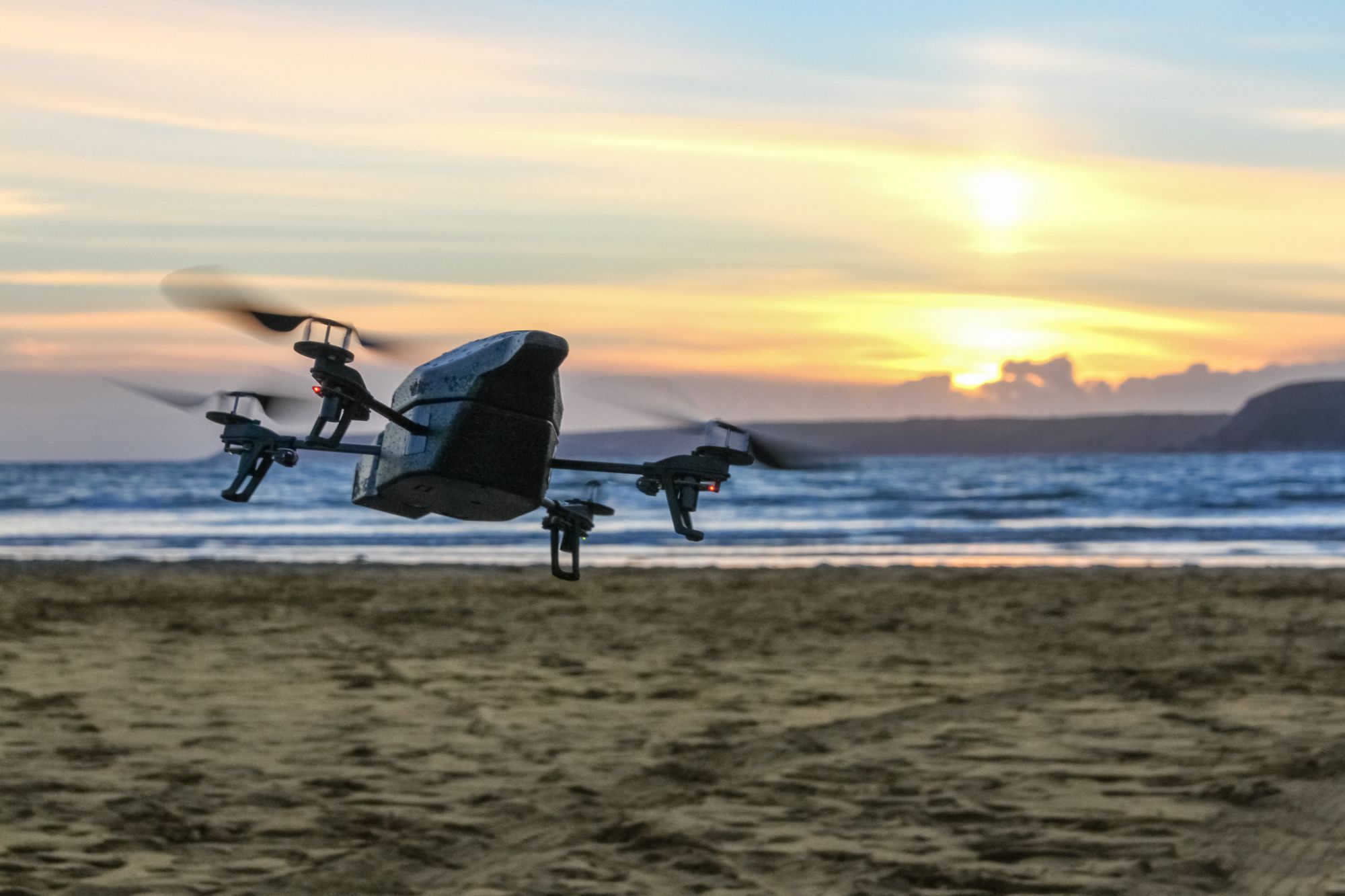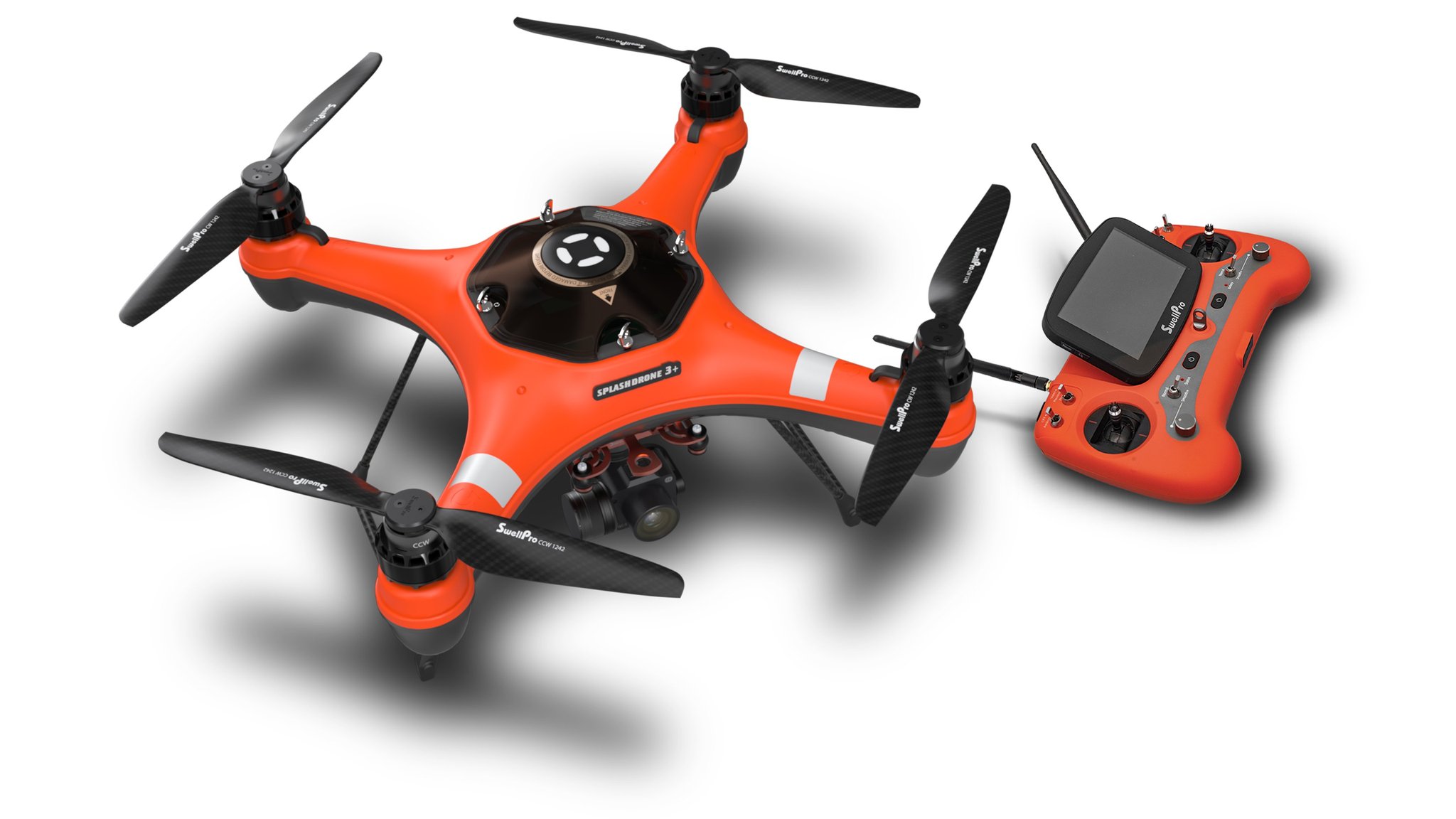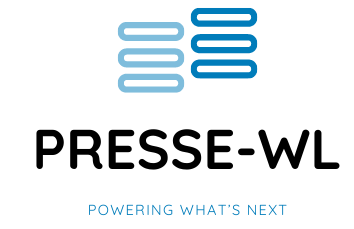
The fishing drone market has witnessed remarkable growth in recent years, driven by technological advancements and the increasing demand for efficient and sustainable fishing practices. While fishing drones have traditionally been associated with catching fish, their applications have expanded far beyond just casting lines and nets into the water. In this article, we will explore the innovative uses of fishing drones that go beyond the conventional idea of fishing.
Environmental Monitoring and Research
Fishing drones equipped with specialized sensors play a crucial role in environmental monitoring and research. These drones can collect valuable data on water quality, temperature, and the presence of pollutants. Researchers and conservationists use this information to study the health of aquatic ecosystems, track the impact of climate change, and develop strategies for preserving marine biodiversity.
Search and Rescue Operations
Fishing drones have become invaluable tools in search and rescue operations at sea. Equipped with thermal imaging cameras and GPS technology, these drones can quickly locate and assist distressed boaters or swimmers needing help. Their ability to cover large areas in a short amount of time makes them essential assets for coast guards and emergency responders.

Mapping and Habitat Assessment
Drones are revolutionizing the way we map and assess underwater habitats. Fishing drones equipped with sonar and high-resolution cameras can create detailed maps of the seafloor, coral reefs, and underwater caves. These maps are essential for understanding the complexity of marine ecosystems and planning conservation efforts.
Illegal Fishing Detection
Illegal, unreported, and unregulated (IUU) fishing is a global issue that threatens the sustainability of fisheries. Fishing drones are being used to monitor and detect IUU activities by patrolling restricted areas and identifying suspicious vessels. They can relay real-time data to authorities, enabling timely interventions to curb illegal fishing practices.
Aid in Aquaculture Management
Fishing drones are not limited to the open sea; they also have applications in aquaculture. Fish farms can benefit from drone technology to monitor water quality, feeding patterns, and the health of their fish stocks. By providing valuable insights, these drones help optimize aquaculture operations and promote sustainable fish farming practices.
Assisting Anglers
While the primary focus of fishing drones is not recreational angling, they can be used to assist hobbyist fishermen. Drones can scout fishing spots from above, providing valuable information about the location of schools of fish, water depth, and underwater structures. This information can significantly improve an angler’s chances of a successful catch.

Delivery Services to Remote Areas
In some remote and inaccessible coastal regions, fishing communities rely on timely deliveries of essential supplies. Fishing drones can transport goods such as medicine, food, and equipment to these areas, ensuring that the needs of isolated communities are met efficiently.
Educational Outreach and Public Awareness
Fishing drones can be a powerful tool for educational outreach and public awareness campaigns. They can capture breathtaking aerial footage of marine life and ecosystems, engaging and educating the public about the importance of preserving our oceans. These drones help foster a greater understanding of the marine environment and the need for conservation efforts.
In conclusion, the fishing drone market has evolved beyond its initial purpose of catching fish. These innovative devices are now instrumental in environmental research, search and rescue operations, habitat assessment, and other applications. As technology advances, we can expect even more creative and beneficial uses for fishing drones, further enhancing our ability to protect and sustain our oceans.
